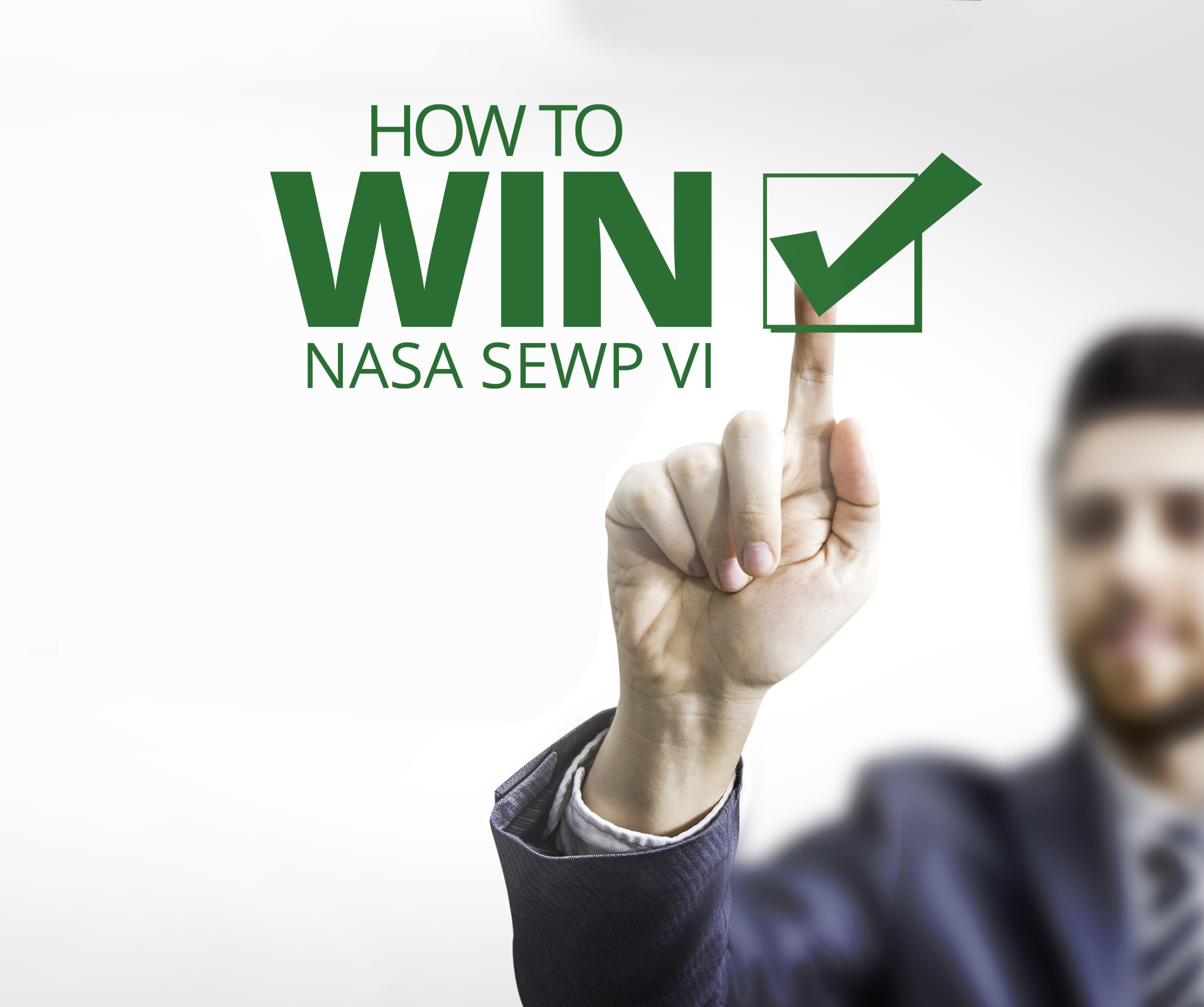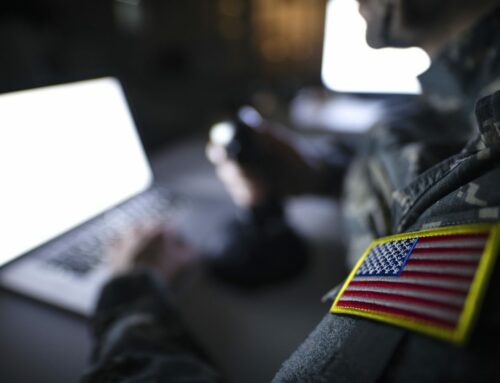NASA is leading the effort to provide next-generation Solutions to federal agencies. NASA SEWP VI is the leading information technology GWAC. Historically an IT products contract, this iteration includes expanded IT services categories. SEWP VI will offer a broad selection of IT solutions across three Categories:
- Information Communication Technology (ICT) and Audio Visual (AV)
- Offering a broad suite of IT product technology solutions.
- Enterprise-wide IT Solutions
- Offering customized Enterprise-wide Strategic solutions that improve and enhance the Agency ICT/AV infrastructure through methodologies including managed services such as computer or printer services; and shared services such as Agency-wide help desk ticketing systems, enterprise-wide security and application services.
- IT Professional Services
- Offering customized solutions at a Mission/Program level that improve and enhance a ICT/AV infrastructure through methodologies including custom computer programming services, telecommunication services including network operations, IT, AV and Communications-based engineering and design services, data processing/analysis, hosting, IT and network operations, ICT/AV Management, IT Consulting, digital government, and cybersecurity services.
Background
SEWP VI builds on a 30-year legacy as the government’s first GWAC, providing federal agencies with several advantages:
- Extensive IT product and service selection: Choose from a comprehensive range of solutions to meet your agency’s needs.
- Cost-effective options: Benefit from competitive pricing established through a government-wide contracting process.
- Simplified procurement: Experience a streamlined acquisition process that saves time and resources.
- Access to cutting-edge technologies: Stay at the forefront of IT with the latest solutions available through NASA SEWP VI.
Bidders
If your company is a holder of a prior SEWP contract, then you know exactly how much traction this contract can provide. If you’ve never held a SEWP contract, please realize that this is one of the “big ones” that every IT-oriented solutions provider would benefit from having in their quiver of contract arrows. The SEWP VI procurement will be a competitive, open process with opportunities for both large and small businesses. We anticipate there will be more than 1,000 competitors. But this time EVERY bidder that meets the requirements gets a contract. This means that there should be a piece of the pie for many offerors. Some key insights into the acquisition:
- The ceiling value is anticipated to be in the $77B range with all contract types being expected.
- Current information indicates the final RFP will be out within the next 30 to 45 days, but don’t bet on it. Answers to the nearly 1,700 questions generated by industry following the draft RFP were completed on February 29th, a month later than the Government planned. The Q&A is available on the NASA SEWP VI Homepage.
Requirements
Based on the draft, this is what we know:
- The requirements are broken down into three categories:
- Category A: IT Product Solutions with six technical areas to include: IT Computer Systems / Storage Devices / Compute facilities, Networking Technology/ Mobility & Communications, Software and Cloud Technology, Supporting Technology/Security Technology, and Product-based Services.
- Category B: Enterprise-wide IT Solutions with 11 technical areas to include Enterprise-Wide Network Solutions, IT Managed Services, Enterprise-Wide Innovation Services, IT Service Management, Enterprise Service Program Integration, Enterprise-Wide Information and Data Analytics Services (IDAS), Enterprise-Wide Applications Services / Software Development, Enterprise-Wide Cybersecurity Services, Enterprise-Wide Cloud Services, Enterprise-Wide Digital Multimedia and Technical Communications Services, and Program Management / Ancillary Services and Supplies.
- Category C: IT Professional Services (Information Communication Technology (ICT) and Audio Visual (AV) Services with 11 technical areas to include: Innovation Services, Information and Data Analytics Services (IDAS), Application Services / Software Development, Cybersecurity Services, Cloud Services, Digital Multimedia and Technical Communications Services, IT Operations and Maintenance / Help Desk / Call Center Support, Network Services, Database Services, In-Scope Training, and Program Management / Ancillary Services.
- You must create a separate proposal for each category you wish to propose.
- There are three phases of the solicitation, which require three separate volumes for each response:
- Volume I Offer Volume (Phase I)
- Contains contract documentation, required certifications (ISO 9001:2008 or 9001:2015 and CMMI Level 3), mandatory experience information, and FAR 9.104 responsibility information.
- This Phase is evaluated as Pass/Fail. If you meet these requirements, you pass on to Phase II. If not, you would be eliminated, and the rest of your proposal would not be evaluated.
- Volume II Past Performance Volume (Phase II)
- 10 pages covering up to three past performance examples
- Past Performance Questionnaires are required for each example.
- Must achieve an overall Neutral, Moderate, High, or Very High Level of confidence past performance rating to pass through this Phase.
- Volume III Mission Suitability (Phase III)
- Consists of two main subsections, Technical Approach and Management Approach.
- Your Technical Approach has a 30-page limit where you describe your approach to provide the full range of the Category’s Statement of Work across the entirety of the Government.
- Your Management Approach has a 10-page limit where you need to describe your capabilities and approach across the following four topics: Commitment to Product and Services Diversity, Commitment to Supply Chain Management, Commitment to Sustainability, and Program Management.
- For Phase III, you must be rated “High Confidence” to qualify for an award. This is the most challenging part of the proposal, as this is a high bar to reach for award. Some prospective bidders fail to realize how critical and time-consuming it will be to prepare a successful response to this section.
- Volume I Offer Volume (Phase I)
Given the volume of questions, I think we can expect some serious revisions in the final RFP, especially some more clarity around the requirements in Volume III. The main topics and sections should remain, but the specificity of the requirements, especially the differences between Category A requirements and Categories B & C requirements, may change quite a bit.
What’s Needed to Win
A casual look at the draft RFP creates the illusion that the bid is easy. Instead, this one is a challenge. Probably the most important aspect to creating a winning bid for SEWP VI is planning; particularly in five main areas:
- Decide as early as possible what categories you intend to propose, and realize that a complete separate proposal is required for each. There will be some overlap in content, but each proposal must stand on its own.
- Develop a strategy both to do everything necessary to win a contract AND to maximize your sales / profit.
- You need to identify your response teams early on so they can get familiar with what’s known about the solicitation as well as what your approaches will be. Good SEWP talent is hard to come by, and the closer we get to RFP release the tighter those resources will become.
- Take a hard look at your capabilities. Very small companies will probably be most successful by teaming with other smalls (particularly those you may have worked with in the past) to bring together a winning argument. A company with revenue less than $10 million should consider teaming. Remember that NASA wants broad and deep vendors who can respond to many task orders.
- Consider how much of your B&P you’re willing to spend. Each proposal that you prepare could take as much as $100K regardless of whether you use organic or third-party resources.
OCI is ready to assist your efforts with a cadre of individuals across all the required skillsets. Most importantly, we have consultants that are experienced with SEWP and can bring ready-made expertise to assist. OCI helped 10 large and small businesses on SEWP V, and all won contracts. To discuss this program contact us, today.





Leave A Comment